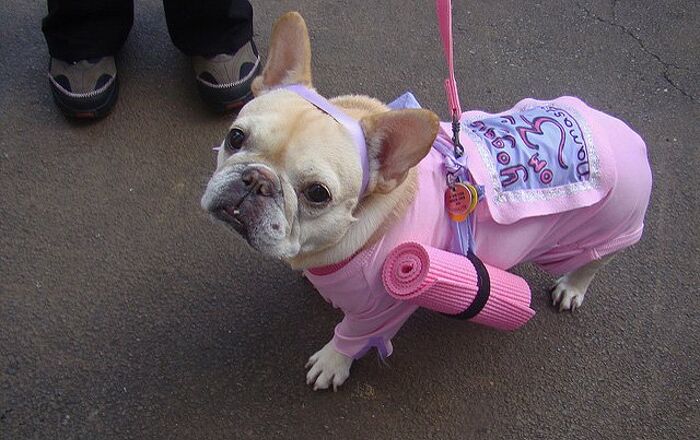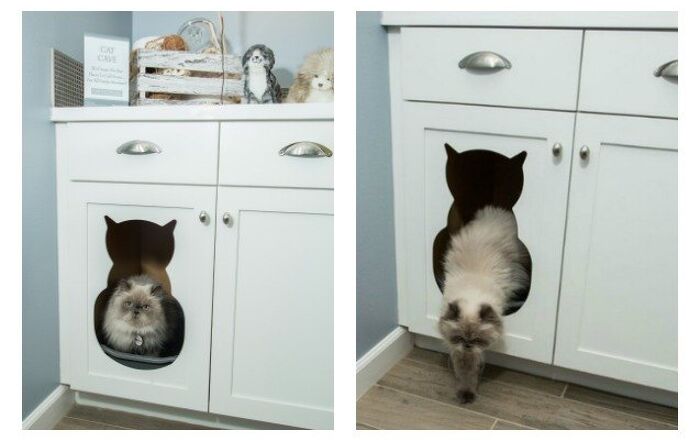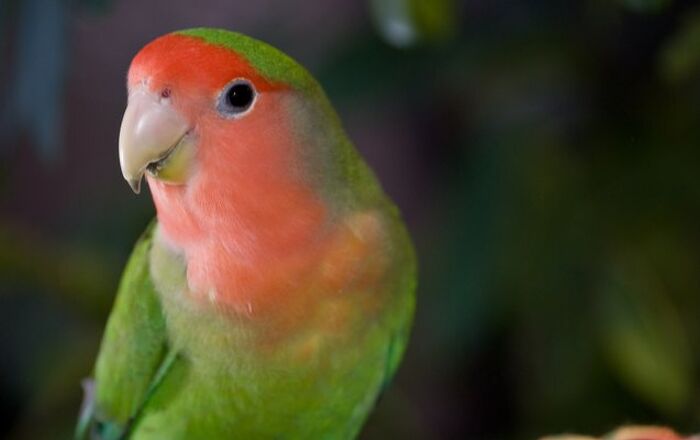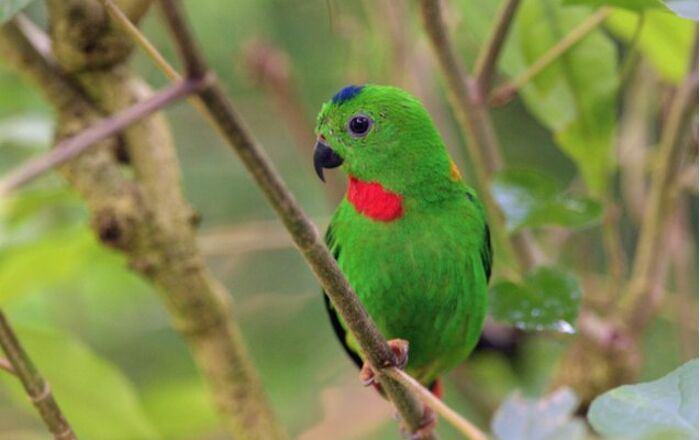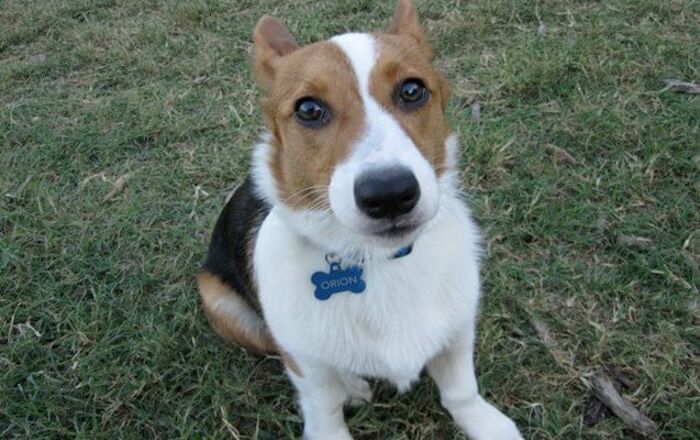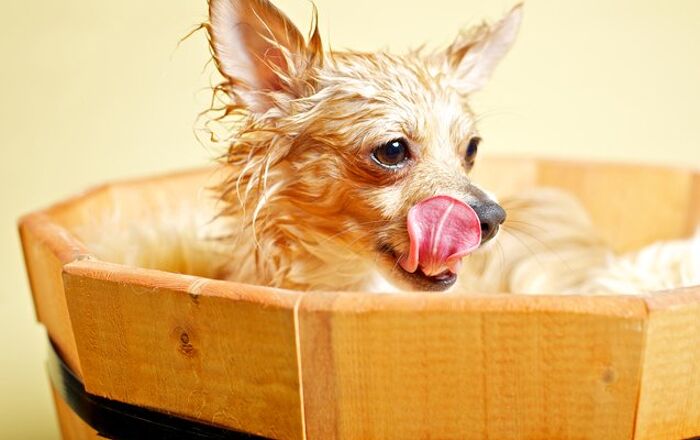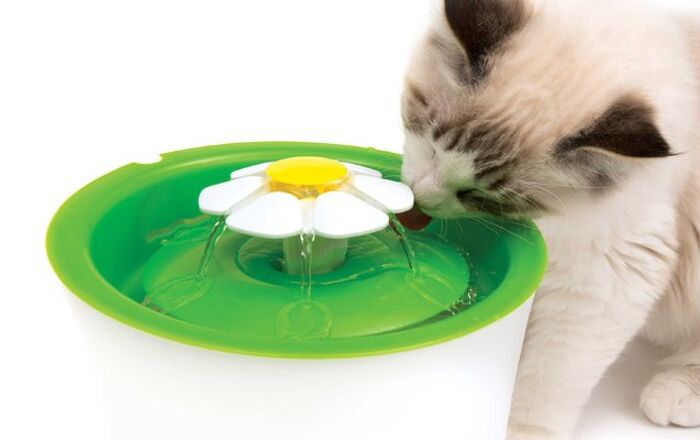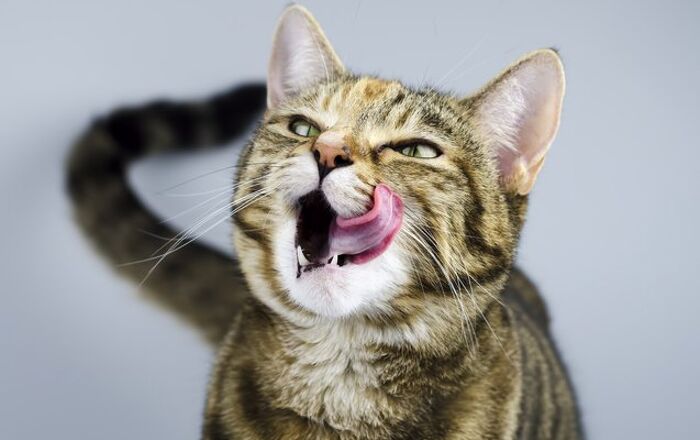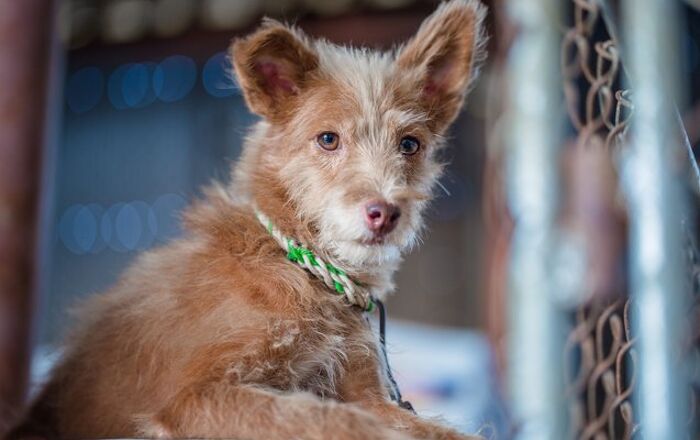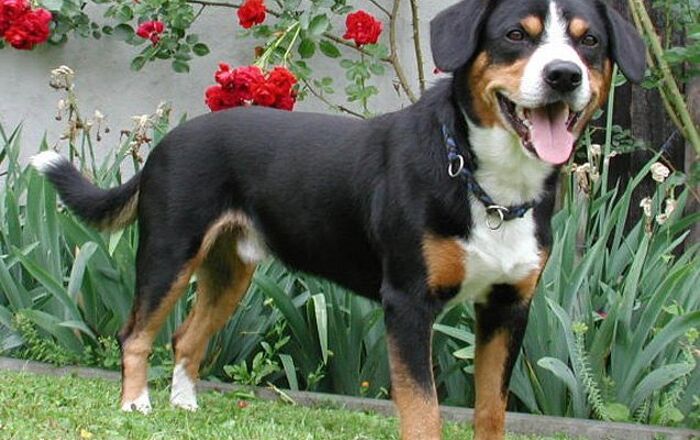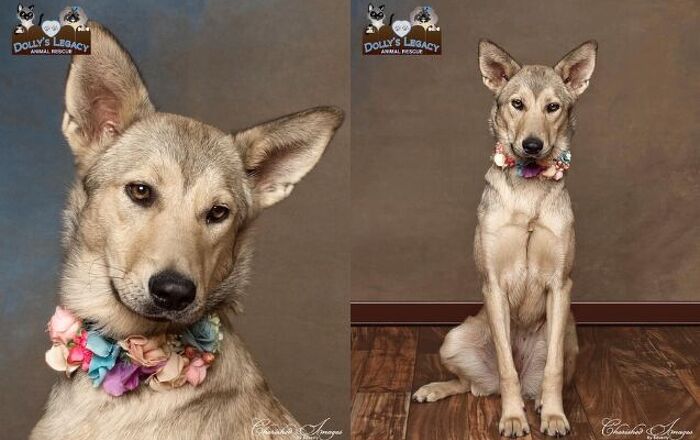
Karelian Bear Dog
The Karelian Bear Dog is a Finnish dog breed that has many Spitz-like characteristics including a fluffy double coat and a plumed tail carried over the back. These dogs may look cute and cuddly but they were bred to hunt dangerous game including moose, wild boar, and bear so they do have an aggressive side. If you are willing to take the time to extensively train and socialize this breed and you do not have any other dogs in your household, the Karelian Bear Dog could be the right breed for you.
The Karelian Bear Dog is a Finnish dog breed that has many Spitz-like characteristics.
Origin
The Karelian Bear Dog is a similar breed to the Russo-European Laika and archaeological records suggest that dogs of this type have existed in Scandinavia and other parts of northeastern Europe since Neolithic times. This breed was developed to hunt dangerous game like moose, bear and wild boar so it has quick reflexes and a dominant, fearless nature. The Karelian Bear Dog is considered a national treasure in its native land but it is still quite rare in the Western world.
Pedigree
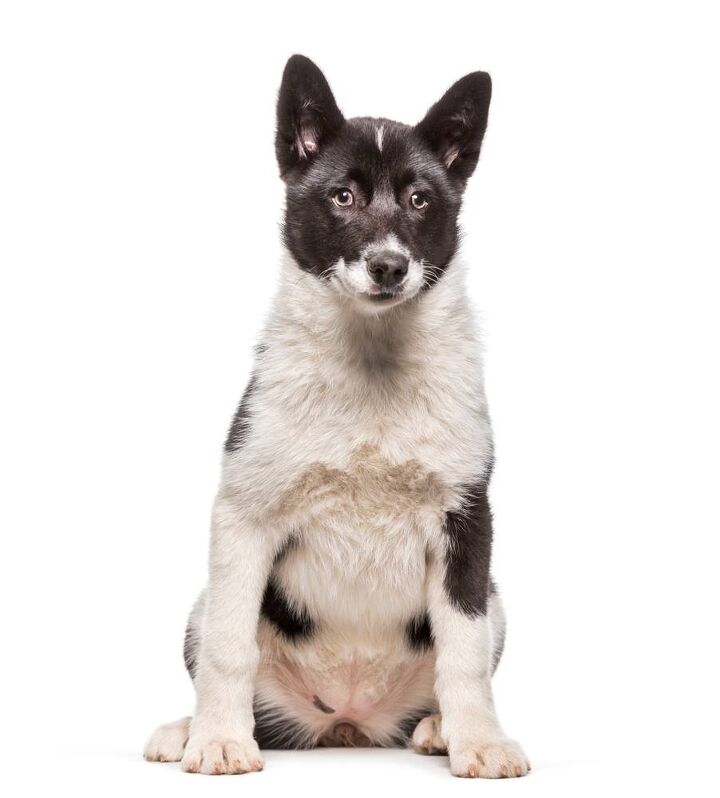
The Karelian Bear Dog is an old breed of dog bred for hunting aggressive game by Russian and Finnish peasants. It is thought to share some of its heritage with the Laika, another northern Russian breed.
Food/Diet
As a medium-sized breed, the Karelian Bear Dog should be fed a high-quality commercial dog food diet formulated for dogs of its size. Because the Karelian Bear Dog is also a fairly active breed, however, you may want to consider a working or active breed formula to account for his high energy needs.
The Karelian Bear Dog is intelligent, though its background in hunting aggressive game gives it an independent streak.
Training
The Karelian Bear Dog is an intelligent breed, though its background in hunting aggressive game gives it a bit of an independent or stubborn streak. These dogs have been known to develop aggression toward other dogs so they need a great deal of socialization and training from a young age. In terms of training methods, positive reinforcement is always a good idea but you will need to maintain strong leadership and be firm and consistent during training with this breed. Aggressive behaviors should not be tolerated.
Weight
The Karelian Bear Dog is a medium-sized dog that stands between 19 and 23 inches at maturity, weighing an average of 45 to 54 pounds.
Temperament/Behavior
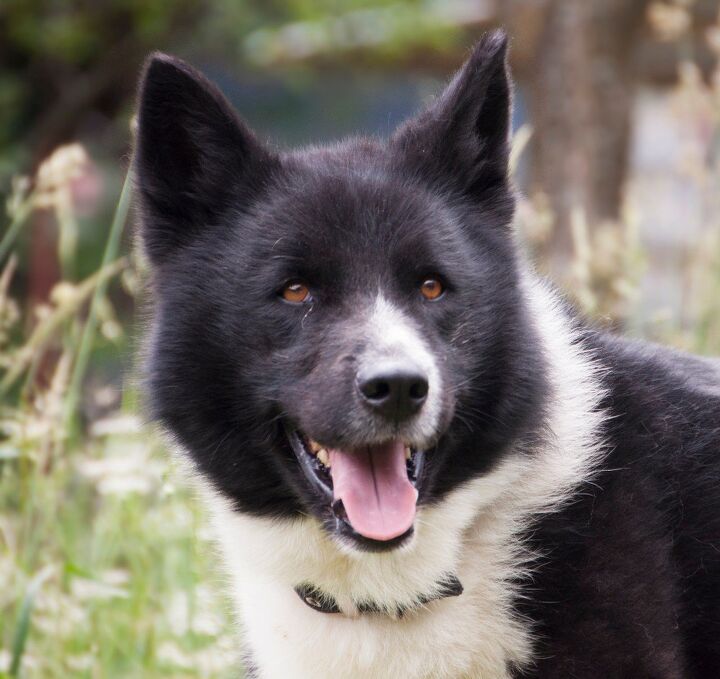
With family, the Karelian Bear Dog can be friendly and affectionate, though they are not always the best choice for families with children. This breed can also be aggressive toward other dogs and protective around strangers, so socialization and training is important. When kept in a single-dog household under the guidance of a strong authority figure, Karelian Bear Dogs can make good family pets – they are not recommended for inexperienced dog owners. These dogs do develop strong bonds with family and they do not do well when left alone for long periods of time.
Common Health Problems
The Karelian Bear Dog is a fairly healthy dog, though its average lifespan of 10 to 12 years is a little shorter than the average for other medium-sized breeds. This dog breed is prone to certain health problems like hip dysplasia, dental problems, and eye problems. Sound breeding is important for these dogs in terms of both health and temperament.
Life Expectancy
The average life expectancy for the Karelian Bear Dog is between 10 and 12 years which is a little bit on the short side for a dog of its size.
Exercise Requirements
Because the Karelian Bear Dog was developed for hunting it is a fairly high-energy breed that requires a good bit of daily exercise. This breed requires at least 30 minutes of moderate to vigorous exercise on a daily basis and it will appreciate having time to run in a fenced yard. This breed also requires a good bit of mental stimulation in order to keep problem behaviors under control.
With family, the Karelian Bear Dog can be friendly and affectionate.
AKC
The Karelian Bear Dog is still a fairly rare breed but it is recognized by the AKC and a member of the Working Group.
Coat
As a Spitz-type breed, the Karelian Bear Dog has a thick double coat designed to protect it against the harsh Russian winter. This breed has a medium-length coat with a soft, dense undercoat and a coarse, straight outer coat that stands away from the body. These dogs are usually black in color with white patches or markings on the head, chest, legs, and belly. Other acceptable colors include brownish-black, matte black, and shiny black. Regular brushing and grooming is recommended to keep shedding under control and this breed may blow its undercoat once or twice a year.
Puppies
The average litter size for the Karelian Bear Dog is between 4 and 8 puppies. Because these dogs have a tendency to become aggressive toward other dogs and somewhat defensive around strangers, it is important to start your puppy with socialization and training as early as possible. These dogs are smart and they can learn quickly but puppies require a firm and consistent hand in training as well as strong leadership throughout their lives.
Photo credit: Louise Ekeblad/Shutterstock; GPPets/Shutterstock; Perinbaba/Shutterstock

